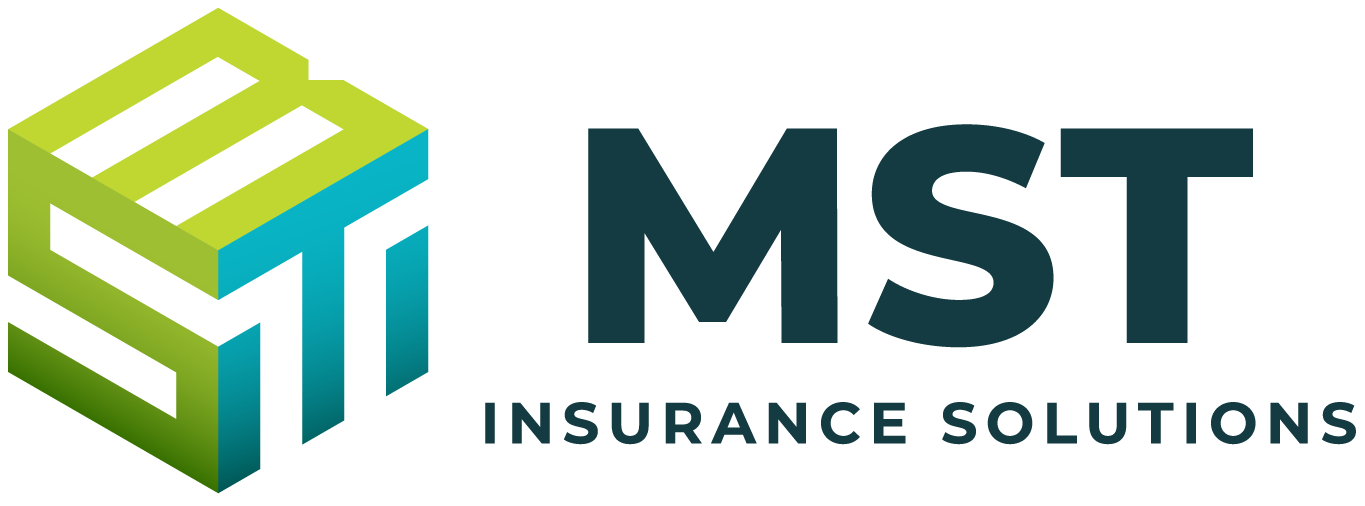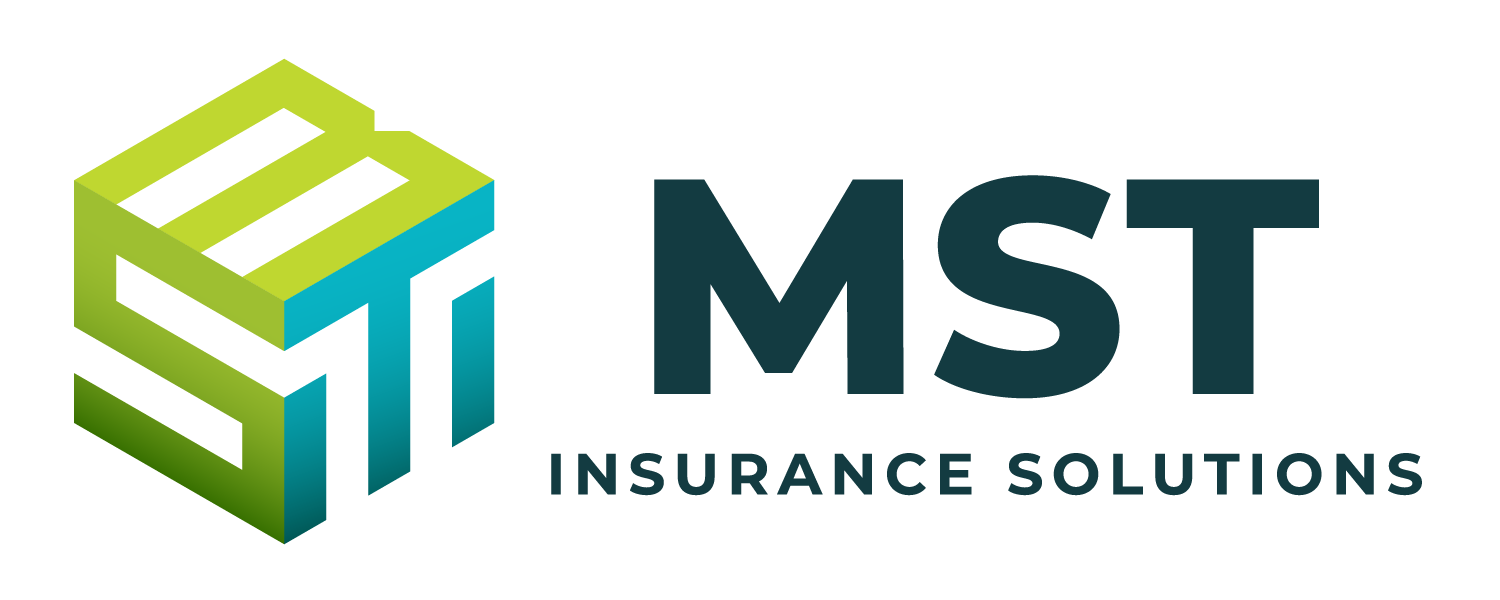Generally, hospitals are beginning to comply with the transparency requirements, but they have a long way to go.
Requiring hospitals to reveal more details about their pricing structures and strategies was one of the Trump Administration’s signature healthcare accomplishments. In January, the final rules around this price transparency quest took effect. To gauge whether and how hospitals were responding to the new rules, the consulting firm Milliman reviewed the filings of hospital systems representing 600-plus hospitals in 42 states.
Generally, hospitals are beginning to comply with the transparency requirements. Milliman said that most of the systems had posted at least one file, and many were actively posting. One possible problem area: there was little consistency in the form that posted files took. This trend could make it more difficult for regulators to compare the level of transparency among hospitals.
The new rules require hospitals to disclose pricing strategies in “machine-readable” file formats. The data requested: gross charges, discounted cash prices, payer-specific negotiated charges, and the hospital’s de-identified minimum and maximum negotiated charges to patients for all items and services for inpatient and outpatient visits.
Milliman was particularly interested in hospital responses in the following categories:
- Whether the hospital or health system had file(s) containing negotiated rates;
- The file formats, structures of the files, and ease of retrieving data;
- Whether the published files contained the fields required by the regulation.
The analysis showed that almost seven of 10 that posted had included a file in each of the categories of Milliman’s focus. About 20% posted payer-agnostic standard charges only, and less than 10% posted a file containing payer-specific negotiated rates. No files in those areas were posted by 2% of respondents.
The inconsistency of file formats caused the most concern and suggested challenges ahead for regulators. Among those cited:
- “The regulation requires that files be posted in machine-readable file formats (e.g., JSON, CSV, and XML). Some of the posted files do not meet this requirement (e.g., PDFs).”
- “There is a high degree of diversity in the file layouts, with everything from very “wide” flat files to very complex hierarchical structures.”
- “The schemas used across the posted files are not standardized. Although the posted files tend to be consistent for all/most hospitals within each health system’s posting, this is not always the case within a single health system and seldom the case among health systems.”
- “ Hospitals often do not provide supplemental documentation regarding the layout or content of the files. All assessment of the information is based on the data itself without guidance from the hospital that posted the files.”
- “The composition of the information is diverse, with most files having at least Current Procedural Terminology (CPT) codes. Several files include rates using classification schemes such as Diagnosis-Related Groups (DRG) or Ambulatory Patient Groups (APG).”
Despite the wide-ranging inconsistencies Milliman found, the consulting firm was encouraged by the “evolving” level of compliance with regulations that hospitals are clearly uncomfortable with.
Source: Hospital price transparency compliance: How’s it going?

